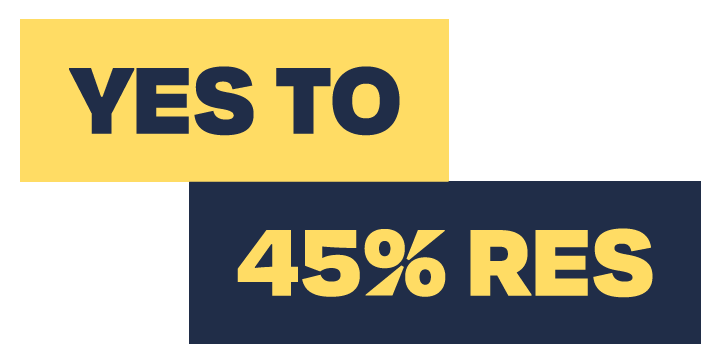On December 8, in partnership with eight other renewable energy and city associations, with the endorsement of scientists from the IPCC and leading universities, SolarPower Europe is calling on members of the European Parliament and EU Member States representatives to endorse a minimum 45% renewable target by 2030.
PVTIME – The letter published on December 8 underlines the critical importance of accelerating the clean energy transition to avoid climate catastrophe.

A 45% renewable energy target, up from the current 40% proposed by the European Commission, is the most cost-efficient way to reach the EU’s 2030 55% greenhouse gas emissions reduction target, and would put the continent on track to deliver on the 1.5° Paris Agreement scenario.
Walburga Hemetsberger, CEO of SolarPower Europe said, “A minimum 45% renewable energy target is within reach and can be met through effective implementation of the EU’s Clean Energy Package, and the introduction of policies that reflect the European Green Deal ambitions. We have no time to lose in the green transition, we must increase our ambitions and accelerate the move to renewable energies – starting with a European 45% RES target for 2030.”
Claire Couet, Policy Director at SolarPower Europe said, “Beyond the urgent need to meet our climate goals, more renewables will bring Europe low-cost, democratised energy, industrial leadership, and millions of green jobs. A recent YouGov study already shows that 68% of Europeans support mandatory solar on all new buildings. We must mobilise this public support through a minimum 45% renewables target, and encourage European citizens to become prosumers. Rooftop solar accompanied by residential battery storage systems will increase the share of renewable energy and shield energy consumers from energy price spikes.”
Miguel Herrero, Senior Policy Advisor at SolarPower Europe said, “The European solar sector is ready to ensure that the EU can reach at least 45% renewable energy by 2030. To get there, the revised Renewable Energy Directive (REDIII) must facilitate the deployment of ground-mounted solar on available land, in particular degraded land and on buildings. In addition to this, the REDIII should accelerate the uptake of renewable hydrogen where direct electrification isn’t possible, allowing end-use sectors to indirectly benefit from solar electricity. More widely, we must ensure mid-sized self-consumers don’t face heavy administrative barriers to installing solar.”
A higher renewable energy target for 2030 is within reach, and necessary for Europe to meet its climate goals.










